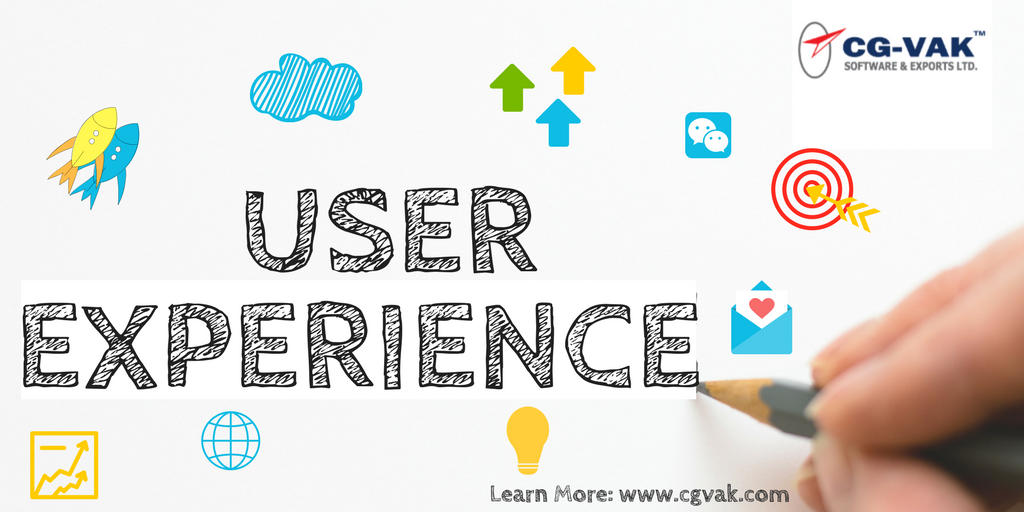Human Centered Design is a creative means of problem-solving that starts with users and ends with optimized solutions that cater to their needs. It starts by understanding the users and design from their perspective. When you market your solution, you know that it will be a success as you’ve kept the user at the heart of the process. This is what we did when we designed an App for a fashion retailer.
We teamed up with our ideators, developers, designers, and engineers with one goal and that is to deliver an app that the end users want to use.
Here are the six steps that we utilized in building our HCD
1. Observation
The first step is to observe the end-user. It is about learning, and understanding the people you are designing for. It is about identifying their problems and turning those problems into opportunities to build a viable solution. It is to see, feel, and experience what they go through.
2. Ideation
The second step is brainstorming with your team with what information you have gathered from the users. It is about gathering multiple ideas, while ensuring each one of them focuses on the needs of the end-user. If you do this, individual ideas will eventually give rise to the right solution.
3. Prototyping
The third step is to quickly build a simple model of your idea. This allows you to test it with the end-user. The goal is not to build a perfect solution here, but to ensure that it is on the right track. So keep it simple and test it with the user to get user feedback as soon as possible.
4. Feedback
The fourth step is to allow the user to examine the prototype and to get the feedback. This step is crucial because this is going to accelerate the entire process from here. The feedback from the user will help you make sure that the solution is on the right track.
5. Iteration
The fifth step is the concept of iterative development done using the feedback from your user. Continue updating your design by iterating, testing, and including the user feedback to develop a fine-tuned, optimized solution.
6. Implementation
This is the sixth and the final step is where you get your solution out into the market. You have a validated, fully optimized solution fuelled by the user feedback, which is ready for the end-users to use.
When designing apps, or websites, repeat the process from step 1. With every new update that you include, keep observing your users and focus your design on them, and use their feedback to plan for your future projects.
